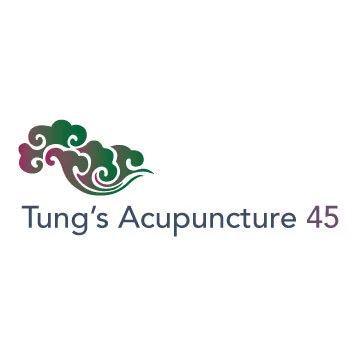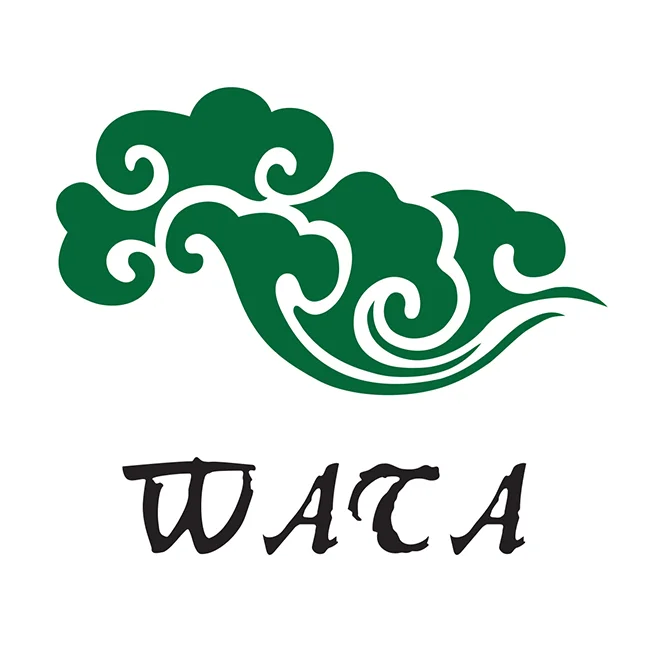4: How to apply the midnight-noon ebb flow (Zi Wu Liu Zhu) of the Ren and Du meridians to the clinical practice?
/Ren and Du meridians connect into a circle. The ebb flow of their qi and blood circulates to a cycle. Like the twelve channels, the qi and blood of the Ren and Du meridians change from day to night. The ebb flow of the meridians also rises and falls from day to night. There are certain opening points corresponding to certain time periods (shi chen). There are two popular sayings about the ebb flow of the Ren and Du meridians.
| Time Period | Zi 11-1 | Chao 1-3 | Yin 3-5 | Mao 5-7 | Chen 7-9 | Si 9-11 | Wu 11-1 | Wei 1-3 | Shen 3-5 | You 5-7 | Xu 7-9 | Hai 9-11 |
|---|---|---|---|---|---|---|---|---|---|---|---|---|
| One | RN15 | RN17 | RN23 | Wangguong (Shangen) | DU20 | DU16 | DU6 | BL23 | DU1 | RN1 | RN4 | RN8 |
| Two | RN1 | DU2 | DU4 | DU8 | DU12 | DU16 | DU20 | DU26 | RN24 | RN17 | RN12 | RN8 |
My personal clinical practice proved that the second saying is more accurate. The opening points of Yin, Mao and Chen time periods are on the back; and Si, Wu, and Wei on the head (refer to the chart). This corresponds to the “During the Yang time periods, the points located on the Yang regions are opened.” The opening points of the Shen, You, and Xu time periods are located on the front chest; and Hai, Zi and Chou are in the lower abdomen or lumbus. This matches “During the Yin time periods, the points located on the Yin regions are opened.”
Selecting opening points according to the time periods to treat diseases gives good results. Combining the ebb flow of the twelve channels to select points give even better results. For example, to treat lumbar sprain, it is common to needle DU26 combining with SI3 at Wei shi (1-3 pm). The result is very good and usually it takes only one treatment to cure completely. It is because the opening point of Wei shi is DU26. DU26 along is also a very effective empirical point for lumbago. At Wei shi, the ebb flow of the twelve channel flows to the small intestine channel. Selecting the Shu-stream point of the small intestine, SI3, along is also a very effective empirical point in treating lumbago. That is why this combination is outstandingly effective. Let me give another example. A patient with several protruded lumbar disks which caused severe sciatica was under so much pain that his body leaned toward to the right side to form a 45 degree ankle while walking. He had seen several doctors during the past three years but none of the treatments helped. I asked the patient come for treatment every other day (three visits a week) at Wei time-period (two o’clock in the afternoon). The points selected were DU26, SI3 (both sides), BL65 (both sides) and were retained for one hour. Blood-letting at BL40 was performed every ten days. The total treatment was twelve visits and total blood-letting treatment was three times. The entire treatment duration to cure the problem was only 28 days. The patient could walk normally like ordinary people. His posture was upright and without slanting to any angle. Needling DU26 and SI3 at Wei period matched the ebb-flow time-period. SI3 is also one of the eight confluent points, which communicates with the Du meridian. The needles were retained for one hour until Shen time period (three o’clock in the afternoon), the time that energy flows to the bladder channel. Bladder channels clasp the spinal column. The muscle-tendon channel of the bladder channel reaches the spinal column. BL65 is the Shu-stream point. Shu-stream points govern heavy body sensation and joint pains. Blood-letting at BL40 at Shen time period (3-5 o’clock in the afternoon) every ten days amplified the effectiveness several folds. Those are the reasons that the three-year-old severe sciatica was cured in 4 weeks.
I also often blood-letting at Taiyang point at Si, Wu, and Wei time periods to treat various major diseases and gained pretty good results. It is because the qi and blood flows to the head region at those time periods (as at Si time period, DU16 is opened; Wu time period, DU20 is opened; Wei time period, DU26 is opened), particularly the Wu time period for the energy is focused at the top of head (DU20).











今年 2020 為 董公景昌博士逝世45週年,為紀念 董公傳授絕學之用心,讓董氏針灸更加發揚,特舉董景昌逝世四十五週年紀念學術大會。